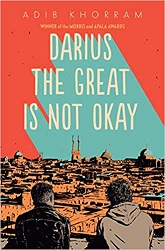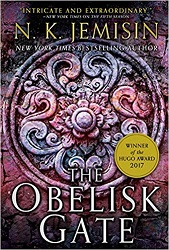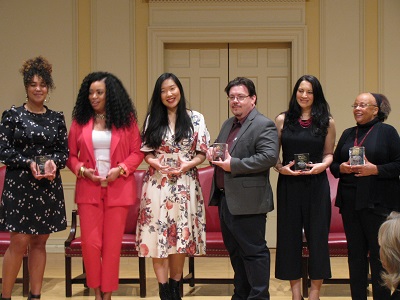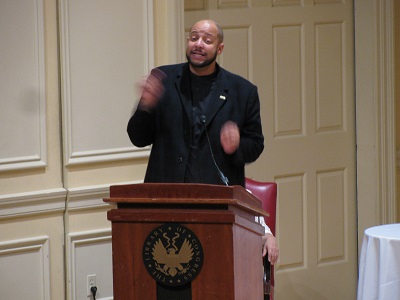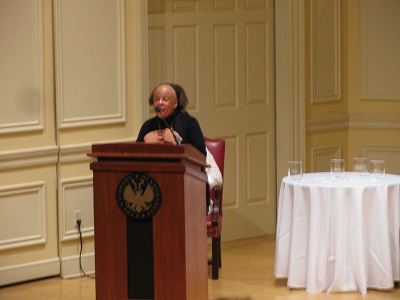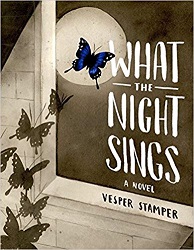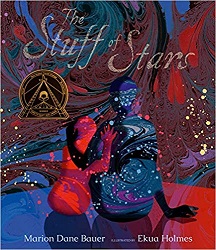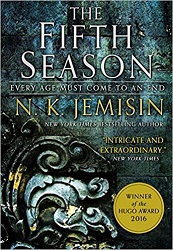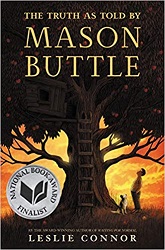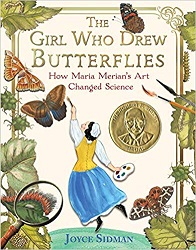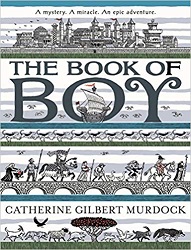Review of Darius the Great Is Not Okay, by Adib Khorram
by Adib Khorram
Dial Books, 2018. 316 pages
Starred Review
Review written September 18, 2018, from a library book
2018 Sonderbooks Stand-out:
#3 General Teen Fiction
2019 Morris Award Winner
2019 Asian/Pacific American Award for Young Adult Literature
Darius the Great Is Not Okay is the story of Darius Kellner, who is a Fractional Persian – half Persian in his case, from his mother. Darius works in a tea store in Portland, and when we meet him, the kids who bully him walk in and give him a new degrading nickname and vandalize his bike.
His father, a German Übermensch, thinks he should just stand up to the bullies. Darius is sure he can never please him. Though at least they still have one thing they share – nightly time together watching Star Trek, Next Generation.
There’s a Skype visit with Darius’s grandparents in Iran, and his little sister, Laleh, speaks fluently with them in Farsi, but Darius never knows what to say. When they learn that his grandfather has a brain tumor and is not doing well, the family makes plans for an extended trip to Iran.
Most of the book is about that trip to Iran. But it’s also a book about friendship. Yes, I said friendship, not romance. I was delighted to read a book about genuine friendship between high school boys. Darius meets and makes friends with Sohrab in Iran, and right away they can be honest and open with each other. There are some bumps in their friendship – which makes it all the more authentic.
This is also a book about depression. Both Darius and his father take medication for depression, and Darius cries easily. He calls it “stress hormone secretion.” Darius does a lot of obsessing over what people think of him, and I like the way that’s honestly portrayed.
It’s also a book about family. Darius is meeting his Iranian family in person for the first time, and learning about his heritage – generations of his family have lived in the town of Yazd for centuries. They celebrate holidays together with extended family during the visit, and Darius realizes he loves these people.
But none of it is simple. His friend Sohrab is bullied for being Baha’i, and Sohrab’s father is in prison. Darius’s grandfather is dying, and his personality is changing – or so Darius is told, but he mourns that he never really knew his grandfather before, except on the computer screen. Laleh fits in so much better in Iran, since she speaks Farsi. And his father even lets Laleh replace Darius watching Star Trek, Next Generation.
I love Darius’s expressions throughout the book. There are multiple references to Lord of the Rings and Star Trek. I enjoyed that I got pretty much all the references. Will teens get those? Maybe some will. He calls the bullies “Soulless Minions of Orthodoxy” and his own mood swings “Mood Slingshot Maneuvers.”
Overall, it’s a beautiful story of a young man fighting his demons, finding his place in the world, and making and being a true friend.
Find this review on Sonderbooks at: www.sonderbooks.com/Teens/darius_the_great.html
Disclosure: I am an Amazon Affiliate, and will earn a small percentage if you order a book on Amazon after clicking through from my site.
Disclaimer: I am a professional librarian, but I maintain my website and blogs on my own time. The views expressed are solely my own, and in no way represent the official views of my employer or of any committee or group of which I am part.
What did you think of this book?
